As the world grapples with increasing water scarcity, one of Asia’s most significant waterways faces an existential crisis that surpasses even the well-documented decline of North America’s Colorado River. The Mekong River—a lifeline for millions across Southeast Asia—is diminishing at an alarming rate, threatening ecosystems, food security, and livelihoods across multiple countries. This massive river system, which stretches approximately 4,350 kilometers from the Tibetan Plateau through China, Myanmar, Laos, Thailand, Cambodia, and Vietnam, is experiencing unprecedented changes due to a perfect storm of climate change, dam construction, and increased water consumption. The rapid deterioration of this vital waterway represents one of the most pressing environmental and humanitarian challenges in Asia today, with implications that extend far beyond its banks.
The Mekong’s Historic Significance

For thousands of years, the Mekong River has been the cultural and economic backbone of Southeast Asia. Often called “The Mother of Waters” in local languages, this mighty river supports one of the most diverse freshwater ecosystems on Earth. Historically, annual monsoon cycles created predictable flood pulses that carried nutrient-rich sediment downstream, supporting extraordinarily productive fisheries and agricultural systems. The Mekong Basin has been home to ancient civilizations, with archaeological evidence showing human settlements dating back at least 2,000 years along its fertile banks. The river has shaped cultural practices, religious traditions, and livelihoods for countless generations, creating a rich tapestry of human-river relationships that define the region’s identity. Today, over 70 million people depend directly on the Mekong for their survival, making its accelerating decline all the more concerning.
Unprecedented Rate of Decline

Recent hydrological data reveals the Mekong is experiencing water level decreases that outpace those seen in the Colorado River—America’s poster child for water crisis. While the Colorado has seen approximately a 20% flow reduction over the past century, parts of the Mekong have experienced flow reductions exceeding 30% in just the past two decades. During the 2019-2020 drought, water levels in the Lower Mekong Basin reached their lowest points in more than 60 years of record-keeping. Satellite imagery from 2015-2021 showed the river’s mainstream lost approximately 10% of its surface area during dry seasons. Perhaps most alarmingly, the once-predictable seasonal flood pulse—which local communities have relied upon for agriculture and fishing—has become increasingly erratic, with some years seeing almost no seasonal flooding at all. These statistics paint a picture of a river system declining faster than many experts had predicted, outpacing even the well-documented Colorado River crisis.
The Dam Dilemma

Dam construction represents perhaps the most significant human-induced factor in the Mekong’s decline. China has built 11 mega-dams on the upper Mekong (known locally as the Lancang), with more planned. Downstream, Laos has pursued an aggressive hydropower development strategy, aiming to become the “battery of Southeast Asia” with over 50 dams in operation, under construction, or planned. These massive infrastructure projects fundamentally alter the river’s hydrology by trapping sediment, blocking fish migration routes, and controlling water release patterns. A 2020 study by Eyes on Earth found that Chinese dams withheld water during a severe drought, exacerbating conditions downstream. The cumulative impact of these dams has disrupted the natural flow regime that sustains the river’s ecology. While hydropower provides clean energy and economic benefits to developing nations, the environmental and social costs are increasingly apparent as the river’s natural systems break down. The trade-offs between energy production and ecosystem health represent a central dilemma for regional policymakers.
Climate Change Amplifies the Crisis

Climate change acts as a force multiplier for the Mekong’s problems. The river basin has experienced rising temperatures, changing precipitation patterns, and more frequent extreme weather events over the past several decades. Research indicates that average temperatures in the region have increased by approximately 0.5°C since the 1980s. Glaciers in the Tibetan Plateau—the source of the Mekong—are retreating at accelerating rates, with some studies suggesting up to 80% of Himalayan glaciers could melt by 2100 if current warming trends continue. These climatic changes have led to less predictable monsoon seasons, more intense droughts, and disrupted rainfall patterns. The 2019-2020 drought, considered among the worst in recorded history, saw parts of the river almost completely dry up. Models project that by 2050, dry season flows could decrease by up to 40% in some sections of the river, while wet season floods may become both more severe and less predictable. These climate impacts, combined with human interventions, create a particularly dangerous situation for the river’s future.
Fisheries Collapse and Food Security Threats

The Mekong Basin hosts the world’s largest inland fishery, traditionally producing over 2.6 million tons of fish annually—approximately 18% of the global freshwater fish catch. However, this critical food source is rapidly diminishing. Recent studies indicate fish catches have declined by up to 70% in some areas compared to historical averages. The giant Mekong catfish, which could grow to 300 kg, has become functionally extinct in many sections of the river. Overall fish biodiversity has dropped dramatically, with scientists estimating that nearly 40% of native Mekong fish species are now threatened with extinction. These declines directly impact food security for millions who rely on fish for their primary source of protein. The UN Food and Agriculture Organization estimates that fish provides up to 80% of animal protein for riverside communities in Cambodia and Laos. As fisheries collapse, malnutrition rates are increasing in communities that have depended on the river for generations. The implications for regional food security are profound, potentially driving increased migration, economic instability, and humanitarian crises.
Sediment Starvation and Delta Disappearance

One of the most visible manifestations of the Mekong’s decline is occurring at its delta in Vietnam. The Mekong Delta, home to over 20 million people and responsible for producing approximately 50% of Vietnam’s food, is literally disappearing. Research shows that dams along the river now trap more than 90% of the sediment that would naturally flow downstream. Before dam construction, the Mekong transported approximately 160 million tons of sediment annually to the delta; today, that figure has dropped below 15 million tons. This sediment starvation, combined with groundwater extraction and sea-level rise, has resulted in the delta sinking at rates of 1-4 cm per year. Satellite measurements indicate that nearly 500 square kilometers of delta land has disappeared underwater since 2000, forcing thousands of people to relocate. Scientists project that by 2050, nearly half of the delta could be below sea level. This represents not just an environmental catastrophe but a potential food security crisis for Vietnam and the region, as the delta produces over 50% of the country’s rice and 60% of its fish and seafood.
Transboundary Water Politics

Unlike the Colorado River, which is governed primarily by agreements between U.S. states and Mexico, the Mekong flows through six countries with often competing interests, making governance extraordinarily complex. China, controlling the headwaters, has not joined the Mekong River Commission—the primary intergovernmental body managing the Lower Mekong. This creates a significant power imbalance, as upstream dam operations can drastically affect downstream countries with little transparency or consultation. Water diplomacy in the region is further complicated by broader geopolitical tensions, development disparities, and historical animosities. Recent attempts at cooperation include the Lancang-Mekong Cooperation Mechanism, established in 2016, though critics argue this China-led initiative has not adequately addressed downstream concerns. The lack of enforceable basin-wide agreements means that water management remains fragmented and often prioritizes national interests over ecosystem health. Without stronger transboundary cooperation, sustainable solutions to the river’s decline remain elusive, creating tension between riparian states as water scarcity increases.
Indigenous Communities and Cultural Losses
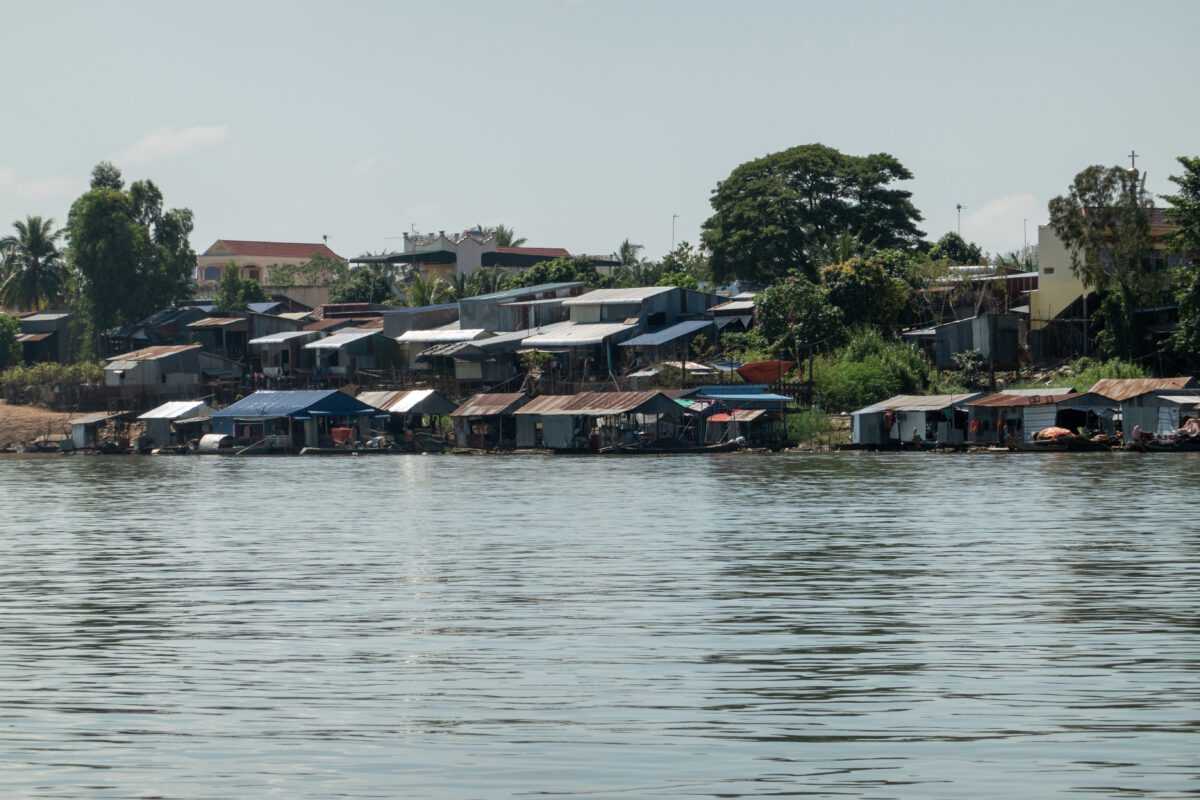
Beyond measurable environmental impacts, the Mekong’s decline represents an incalculable cultural loss for indigenous and traditional communities. Over 100 distinct ethnic groups inhabit the Mekong Basin, many with cultural practices, spiritual beliefs, and livelihood systems intimately connected to the river’s natural cycles. For the Khmer of Cambodia, the annual water reversal of Tonle Sap Lake—a phenomenon now threatened by altered river flows—has been central to cultural identity and traditional fishing practices for centuries. In northern Thailand and Laos, communities like the Tai Lue and Lao Loum have developed sophisticated agricultural systems timed precisely to the river’s natural rhythm. As the river changes, traditional ecological knowledge accumulated over generations becomes less applicable, eroding cultural continuity. Sacred sites, including riverside temples and spiritually significant rapids, have been submerged by dam reservoirs or left high and dry by reduced flows. These cultural impacts receive less attention than economic or environmental concerns but represent profound losses to human heritage that cannot be easily quantified or restored.
Economic Impacts Beyond the Riverbank
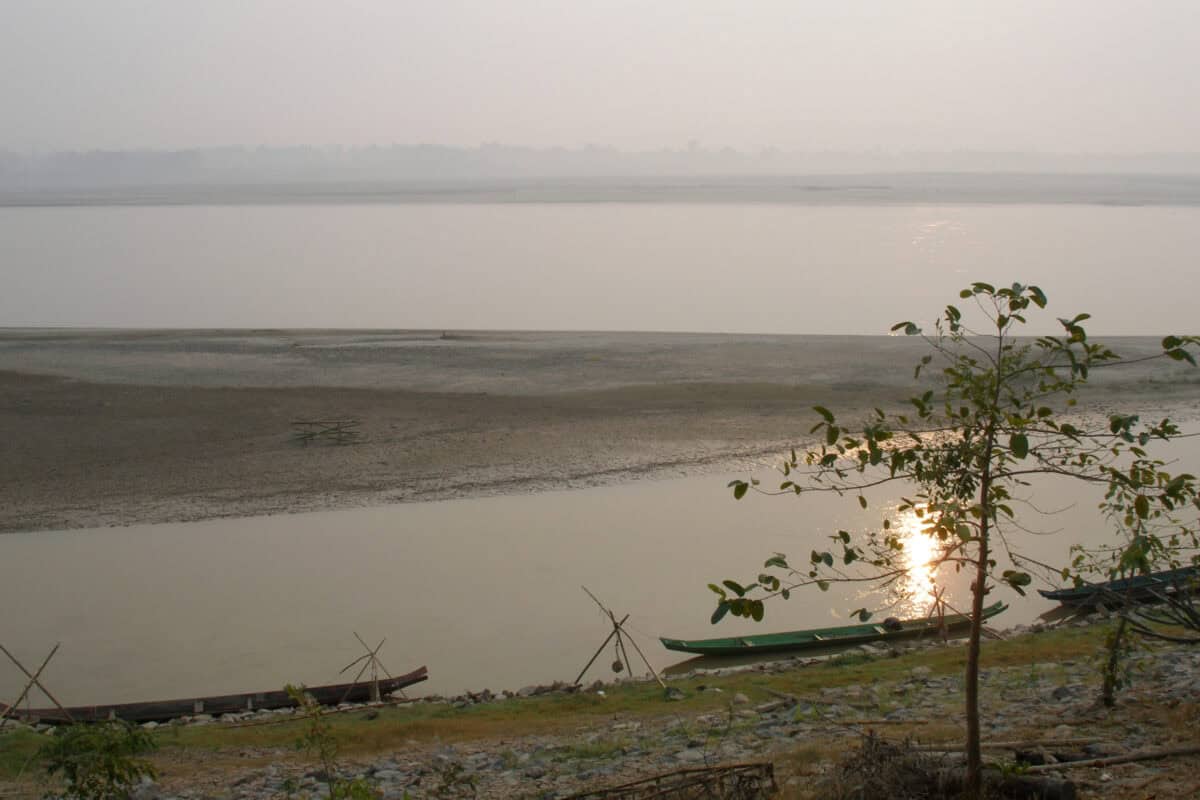
The economic consequences of the Mekong’s decline extend far beyond fisheries and agriculture. The river has historically served as a major transportation route, with cargo and passenger vessels connecting remote communities to markets and services. As water levels drop, navigation becomes increasingly difficult, with previously navigable sections now impassable during dry seasons. Tourism, a growing economic sector along the river, has been affected as iconic landscapes transform and biodiversity diminishes. The World Bank estimates that the total economic value of the Mekong River’s ecosystem services exceeds $35 billion annually when accounting for fisheries, irrigation, flood protection, and transportation benefits. Much of this value is now at risk. Meanwhile, hydropower development, while generating electricity and revenue, often displaces communities with inadequate compensation. Economic analyses suggest the distribution of benefits and costs is highly uneven, with profits flowing primarily to urban centers and neighboring countries purchasing electricity, while rural riverine communities bear disproportionate burdens. This economic inequality further complicates efforts to build consensus around river management.
Groundwater Depletion as Rivers Run Dry
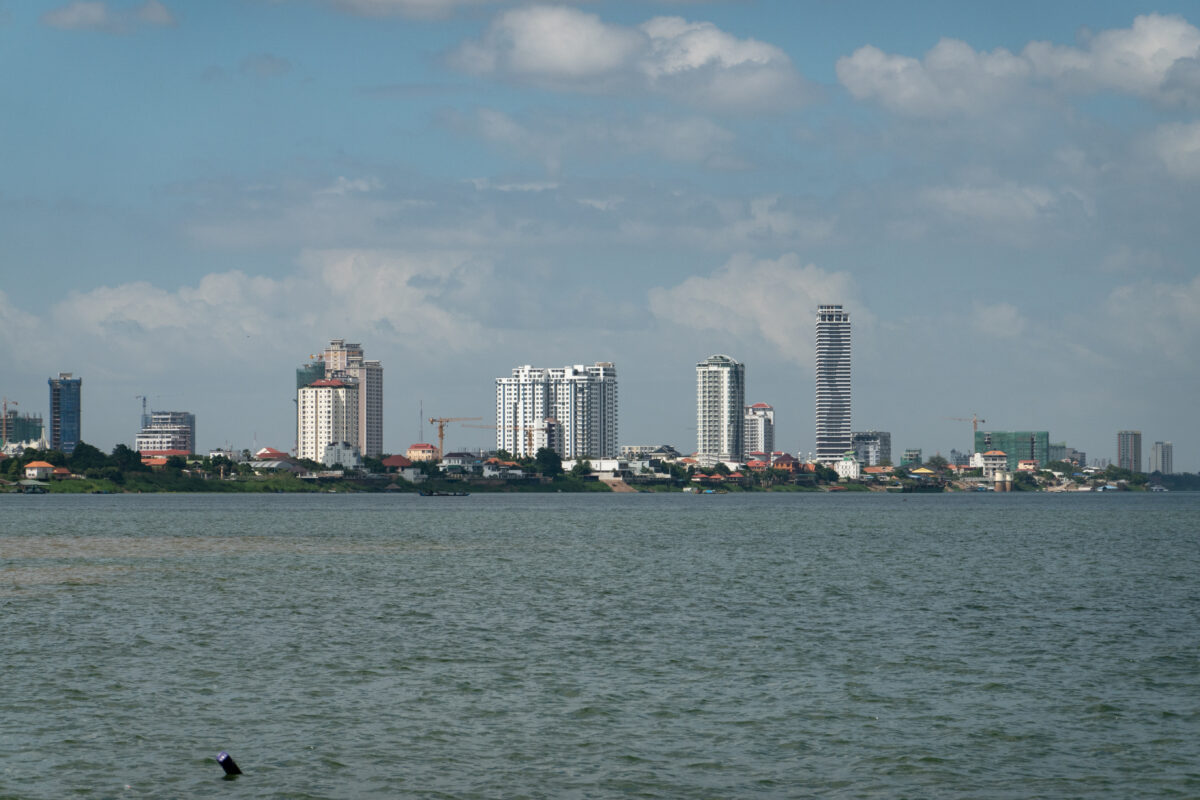
As surface water becomes less reliable, communities throughout the Mekong Basin have increasingly turned to groundwater extraction, creating a new environmental crisis. In the Vietnamese Mekong Delta alone, the number of private wells has increased from approximately 20,000 in the 1980s to over one million today. This massive increase in groundwater pumping has caused groundwater tables to drop by 0.3-0.7 meters annually in many areas. The resulting land subsidence exacerbates flooding and saltwater intrusion problems. In Cambodia’s Tonle Sap region, groundwater extraction has increased by over 300% since 2000 as fishing communities adapt to declining catches. This unsustainable withdrawal threatens long-term water security and further destabilizes ecosystems already under stress. The interconnection between surface and groundwater systems means that declining river levels reduce aquifer recharge rates, creating a dangerous feedback loop. Experts warn that many Mekong Basin aquifers could be depleted within decades at current extraction rates, potentially triggering a cascading water crisis that would dwarf current problems.
Solutions and Sustainable Approaches

Despite the severity of the Mekong’s decline, various stakeholders are working toward solutions. Recent technological innovations include “fish-friendly” turbine designs and fish passage systems that can reduce hydropower impacts on migratory species. Some dams have implemented modified operation schedules that better mimic natural flow patterns during critical ecological periods. Conservation initiatives focusing on protecting remaining free-flowing tributaries have shown promise in maintaining biodiversity refuges. The “Sustainable Hydropower Development Strategy” adopted by the Mekong River Commission in 2021 represents a step toward more balanced decision-making, though implementation remains challenging. Community-based watershed management programs have successfully restored riparian vegetation and reduced erosion in smaller tributaries. Alternative agricultural approaches, including flood-based farming systems and drought-resistant crop varieties, help communities adapt to changing conditions. Internationally, increased diplomatic pressure and transparency initiatives have encouraged better water sharing during drought periods. While no single intervention can fully address the complexity of the Mekong’s challenges, these diverse approaches demonstrate that sustainable solutions are possible with sufficient political will and investment.
Comparison with the Colorado: Similarities and Differences
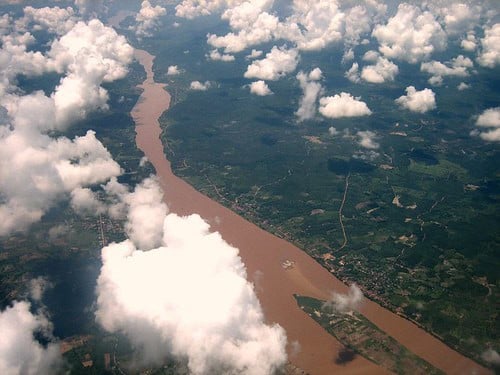
The Colorado and Mekong rivers share striking similarities despite their geographical separation. Both have been transformed by extensive dam systems, with the Colorado hosting over 100 dams and the Mekong rapidly catching up. Both rivers rarely reach their deltas with significant water volume—the Colorado Delta has been largely dry since the 1960s, while the Mekong Delta faces increasing saltwater intrusion. Both watersheds support tens of millions of people and billions in economic activity. However, key differences exist. The Colorado Basin has more comprehensive governance mechanisms through the Colorado River Compact and international treaties with Mexico, despite ongoing disputes. The Mekong lacks equivalent basin-wide agreements. The Colorado’s decline has occurred over a longer timeframe (nearly a century), while the Mekong’s transformation has been compressed into a few decades, giving communities and ecosystems less time to adapt. Perhaps most significantly, the Mekong supports many more people who depend directly on the river for daily subsistence, making its decline potentially more immediately catastrophic for human communities. While both rivers reflect global challenges in water management, the Mekong’s faster deterioration and larger dependent population make its crisis particularly urgent.
The Future of the Mekong: Scenarios and Projections
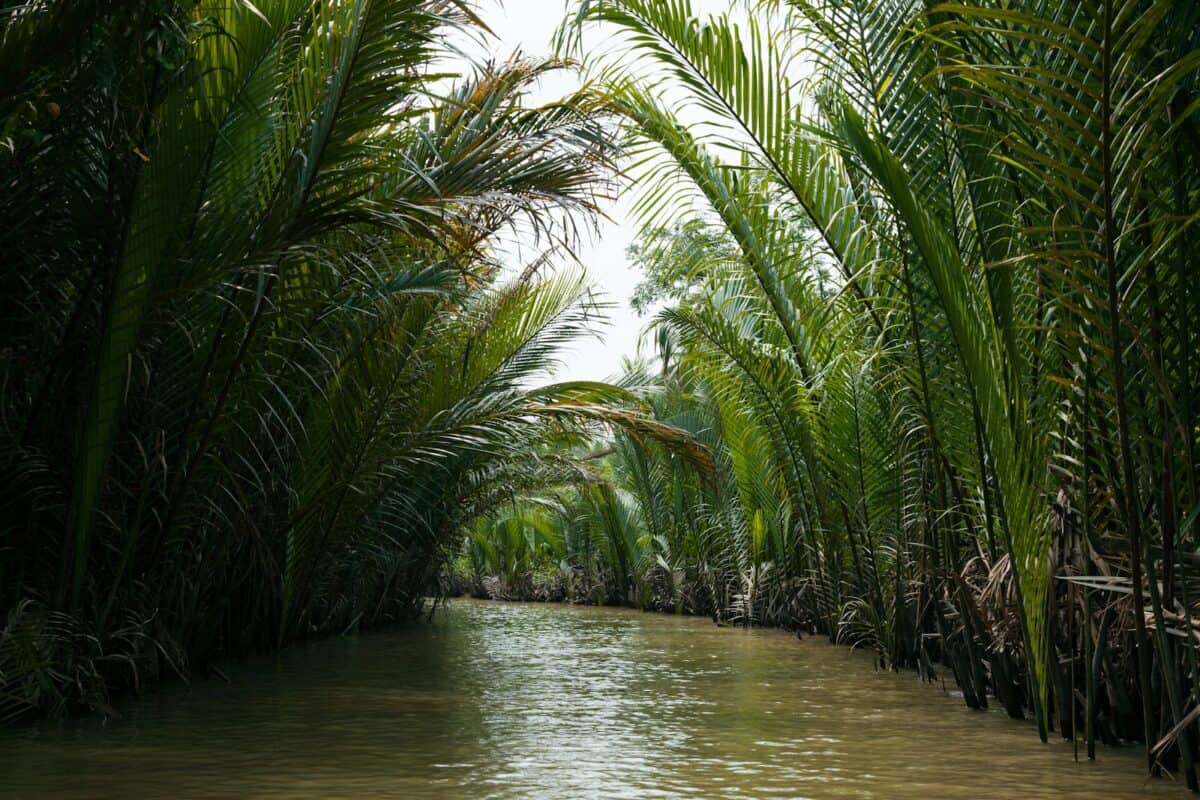
The Mekong stands at a critical juncture, with multiple possible futures depending on management decisions in coming years. Under current trajectories—with continued dam building, climate change, and increasing water extraction—scientific models project a fundamental transformation of the river system by 2050. In this scenario, seasonal flow patterns would be primarily determined by dam operations rather than natural processes, with dry season flows artificially higher and wet season floods suppressed. Fish productivity could decline by up to 80% from historical levels, forcing a dietary transition away from freshwater fish. The delta would continue retreating, requiring massive engineering interventions and population relocations. However, alternative scenarios exist. With improved transboundary cooperation, strategic dam placement, environmental flow requirements, and climate adaptation measures, many ecosystem functions could be preserved while still meeting development needs. The most optimistic projections suggest that with immediate action, including the decommissioning of particularly harmful dams and restoration of key habitats, the river could maintain approximately 60-70% of its historical productivity. The decisions made in the next decade will likely determine which of these futures materializes, highlighting the urgency of improved river governance and international cooperation.
Conclusion: A Watershed Moment for Asia’s Most Important River

The Mekong River’s accelerating decline represents one of the most significant yet underreported environmental crises of our time. While the Colorado River’s struggles have captured global attention, the Mekong’s faster deterioration and the sheer number of people dependent on its ecosystem services make its situation potentially more dire. The complex interplay of dam construction, climate change, agricultural expansion, and geopolitics has created a perfect storm threatening both ecological systems and human communities throughout Southeast Asia. Without coordinated action across national boundaries, the river system that has sustained civilizations for millennia risks transformation beyond recognition within a single generation. Yet this crisis also presents an opportunity to reimagine river governance for the 21st century, balancing development needs with ecological sustainability. The Mekong’s fate will test humanity’s ability to manage transboundary resources in an era of increasing scarcity and climate uncertainty, with implications far beyond Southeast Asia. The decisions made in the coming years will determine whether this mighty river continues to serve as the region’s lifeblood or becomes a cautionary tale of environmental mismanagement.
- 9 Most Venomous Spiders Lurking in US Homes - August 9, 2025
- How Scientists Tag and Track Sharks Off Florida’s Coast - August 9, 2025
- Orangutan Moms Build a New Nest Every Night - August 9, 2025
